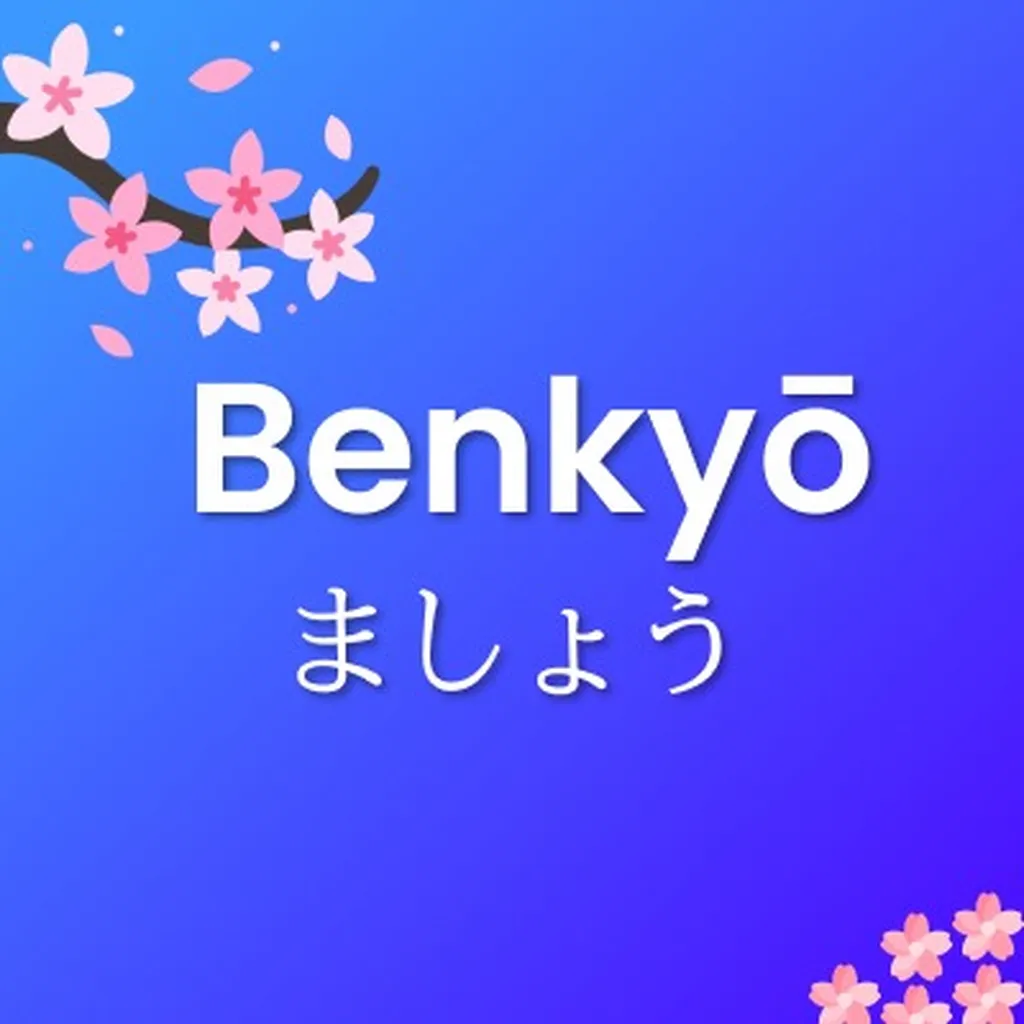Present Tense Verb Conjugation (ます-form) – Group 1, 2, 3
In Japanese, polite verb forms in the present tense (ます-form) fall into three categories—Group 1, Group 2, and Group 3.
Group 1 (五段動詞 / "U-Verbs")
These verbs end in u sounds (e.g., く, す, う, つ, む, etc.) in their dictionary form.
To form the ます-form, change the final う-sound into the corresponding い-sound, then add ます.
| Dictionary (Plain) | Polite (ます-Form) | Transformation |
|---|---|---|
| 書く | 書きます | く → き + ます |
| 話す | 話します | す → し + ます |
| 飲む | 飲みます | む → み + ます |
| 買う | 買います | う → い + ます |
| 待つ | 待ちます | つ → ち + ます |
| 泳ぐ | 泳ぎます | ぐ → ぎ + ます |
毎日ニュースを読みます。
Mainichi nyūsu o yomimasu.
I read the news every day.
Note: Group 1 verb: 読む → 読みます
水を飲みます。
Mizu o nomimasu.
I drink water.
Note: Group 1 verb: 飲む → 飲みます
Group 2 (一段動詞 / "Ru-Verbs")
These verbs typically end in -eru or -iru in their dictionary form.
Remove the final る and add ます.
| Dictionary (Plain) | Polite (ます-Form) | Transformation |
|---|---|---|
| 食べる | 食べます | Drop る + ます |
| 見る | 見ます | Drop る + ます |
| 起きる | 起きます | Drop る + ます |
| 寝る | 寝ます | Drop る + ます |
| 教える | 教えます | Drop る + ます |
Note:
Some verbs ending in る e.g.
走る
belong to Group 1 if they do not follow the -eru/-iru pattern.
毎朝パンを食べます。
Maiasa pan o tabemasu.
I eat bread every morning.
Note: Group 2 verb: 食べる → 食べます
11時に寝ます。
Jūichi-ji ni nemasu.
I go to sleep at 11 o'clock.
Note: Group 2 verb: 寝る → 寝ます
Group 3 (Irregular Verbs)
Only two main verbs are truly irregular:
| Dictionary (Plain) | Polite (ます-Form) |
|---|---|
| する | します |
| 来る | 来ます |
毎週買い物をします。
Maishū kaimono o shimasu.
I do shopping every week.
Note: Group 3 verb: する → します
明日友達が来ます。
Ashita tomodachi ga kimasu.
My friend is coming tomorrow.
Note: Group 3 verb: 来る → 来ます
Cultural Note:
Understanding verb conjugation is essential for Japanese communication. Japanese speakers often judge language proficiency based on correct verb forms. Even if you make other mistakes, proper verb conjugation will make your speech more comprehensible and respectful.
